On the Level May 2025, issue 42
Published 19 May 2025
First rail campaign complete for STIM
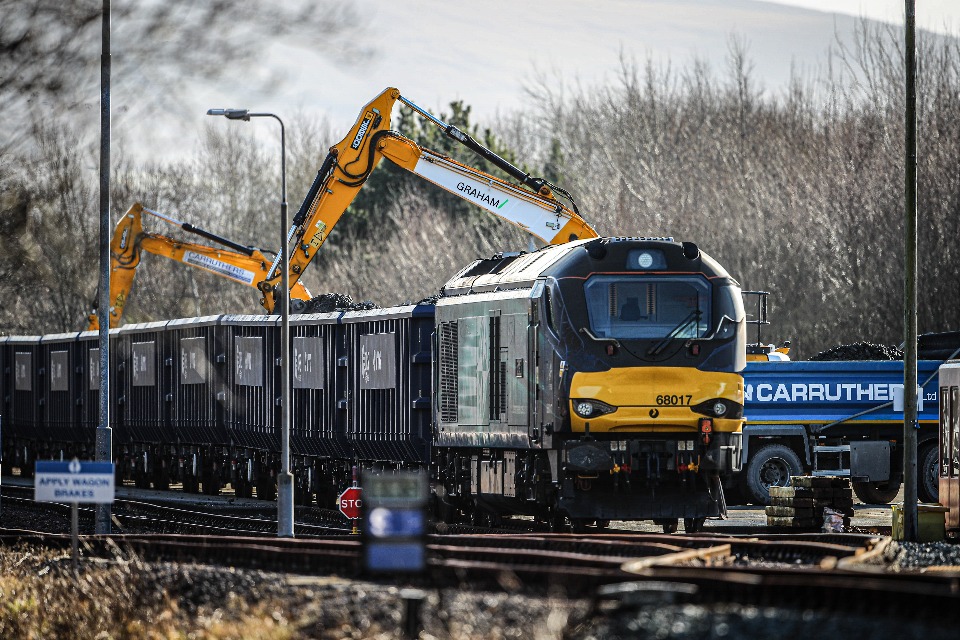
In previous editions of our newsletter we have shared updates on the Capping Operations taking place at the Repository site. Capping provides an engineered protective cap over the waste that has been disposed of in the historic trenches and vaults, permanently protecting the waste, people and the environment.
The next phase of this work is currently under way with the Southern Trench Interim Membrane (STIM) project, which involves placing a new protective layer (known as a membrane) over the southern end of the trenches. GRAHAM Construction Ltd (GRAHAM) was awarded the main STIM contract last summer and mobilised on site late last year. We are proud to have successfully completed our first rail delivery campaign of aggregates to support this project.
During February and March we received 63 trains running as part of the operation to safely transport 49,000 tonnes of material from Breedon’s quarry, in Cumbria,
to the Repository site. STIM is another major milestone for Capping Operations, which will run alongside Repository site operations until we reach the end of our mission, with final closure currently expected in 2135.
Mike Pigott, Director of Sites and Operations, said:
This is a first of a kind activity in the UK, and it’s great to now have boots on the ground making good progress.
Working collaboratively with Nuclear Transport Solutions (NTS) and GRAHAM we have successfully moved a huge amount of material to site by rail – with safety, efficiency and sustainability being a priority. It is important that NWS caps the existing vaults and trenches to provide long-term protection of the environment for generations to come.
This work is integral to our mission, to make the UK’s nuclear waste permanently safe, sooner.
We are also working hard to minimise, and where possible mitigate against potential disruption such as noise, dust, traffic, ecological and visual impacts on our local community. For example, installation of noise barriers and visual screening bunds on the site, regular noise monitoring of activities and a commitment to bring the majority of the aggregate and materials to the site by rail.
Alastair Lewis, Contracts Director with GRAHAM, said:
It’s fantastic to see the start of rail deliveries to site, marking the beginning of an extensive programme of works. This is a significant milestone for the project, and I’m proud of the hard work and dedication of our team and key stakeholders in making this happen.
We are now working on the stockpile areas and trial panels of Geosynthetic Clay Liner on the trench cap and our next rail campaign is planned to commence in June. We will continue our commitment to proactively engage with our local community and if you have any queries, please do not hesitate to reach out to us.
Historic milestone for the Repository site
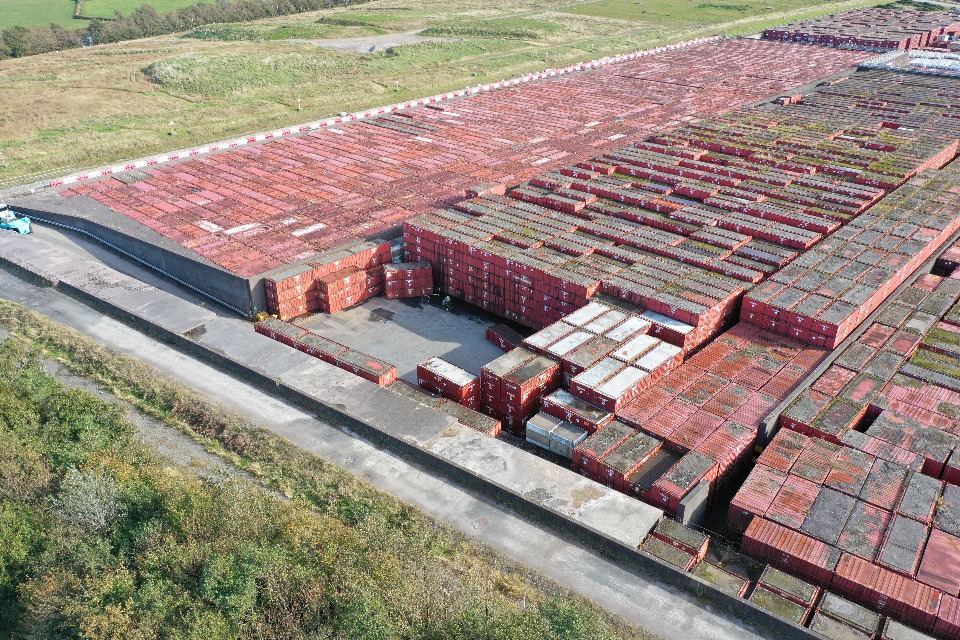
Mid-February saw the LLW Repository reach a major milestone for waste disposals in Vault 8 with half-height ISO containers being placed in the last remaining space, known as the ‘tennis court’.
Vault 8 opened in 1988, replacing the individual clay-lined trenches (used since 1959), with our current multi-barrier disposal system, where the waste arrives in steel containers and is grouted prior to placement in reinforced concrete vaults.
Reaching this milestone enables final capping of Vault 8 and the adjacent trenches, once the Southern Trench Interim Membrane is replaced.
Our Site Operations Manager, Chris Sharples, said
It’s great to see that after 40 years of service, Vault 8 is now full and ready for capping. Filling the ‘tennis court’ required precise operation of heavy equipment in a very limited space – and is testament to the dedication and skill of the operations team.
NWS appoints Seth Kybird as Interim CEO
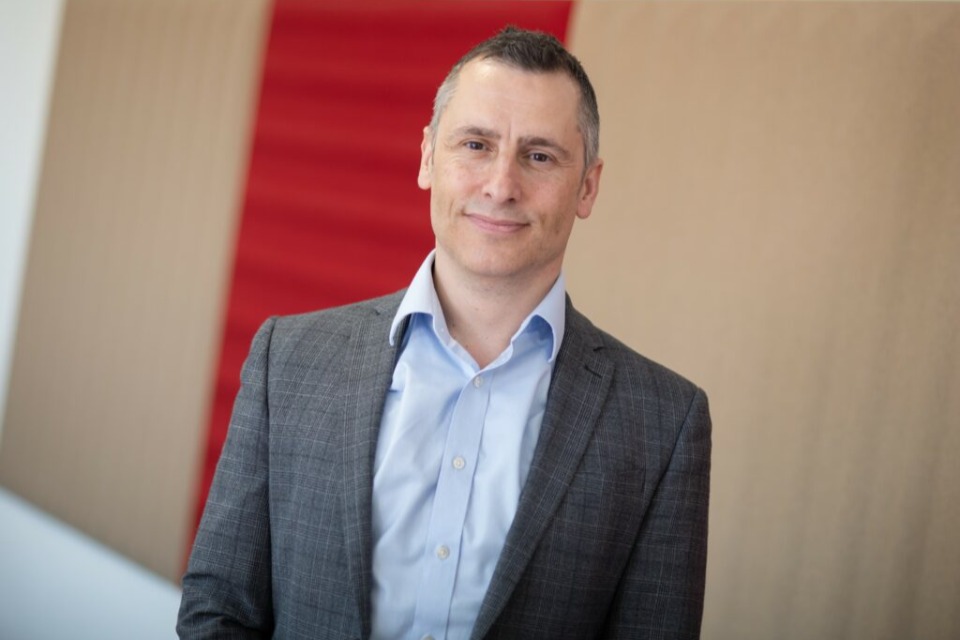
Seth Kybird, Interim Chief Executive Officer (CEO) of NWS
Nuclear Waste Services (NWS) recently announced that Seth Kybird has been appointed as Interim Chief Executive Officer (CEO) of NWS. He succeeds Corhyn Parr who has led NWS since its formation in 2022. Seth joined us at the beginning of April on an 18-month secondment from Nuclear Transport Solutions (NTS).
NWS Chair, Liz Peace, said:
I am so pleased that Seth is taking on the role of NWS CEO. He has an outstanding track record of leading and developing organisations. His experience at Nuclear Transport Solutions will be hugely valuable and means that he’ll be able to hit the ground running as we continue to deliver our vision to make nuclear waste permanently safe, sooner.
Seth Kybird said:
It is a huge privilege to be joining NWS as CEO. I’m looking forward to working with NWS colleagues, our stakeholders, and communities and building on our successes and progress we’re making at the Low Level Waste Repository and with delivery of a Geological Disposal Facility. Delivering our mission is critical and something I am passionate about.
It’s been great to see firsthand the work under way at the Repository site and I’m committed to working with the Environment Agency, and our site colleagues, to ensure capping of the site continues as quickly as possible. I’m also looking forward to meeting members of the community at the West Cumbria Sites Stakeholder Group meetings and other local events in the future.
Our rail sidings benefit from innovation
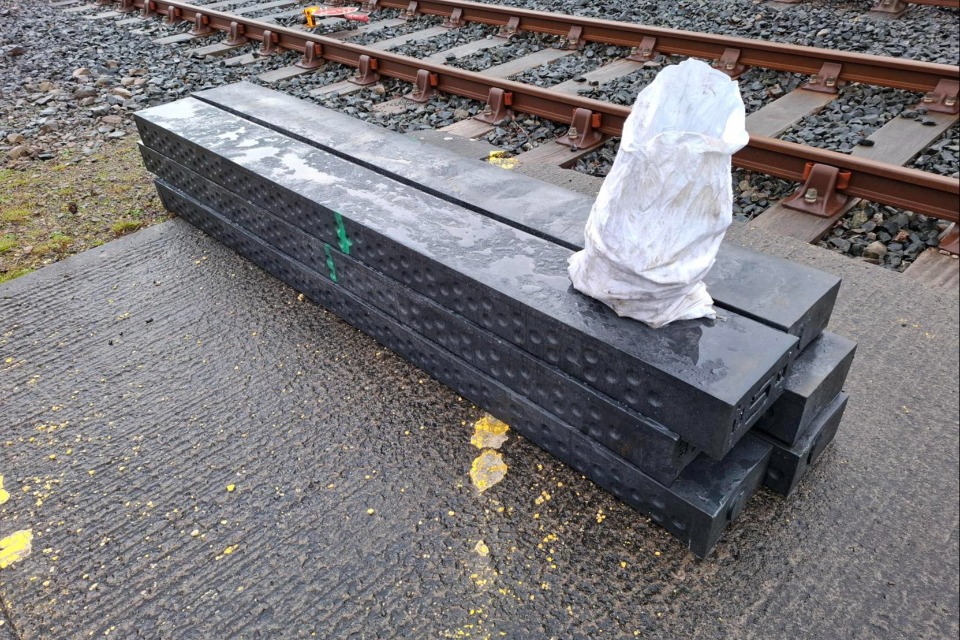
We had planned for Nuclear Transport Solutions (NTS) to carry out some routine maintenance and replacement of a number of sleepers on our rail sidings earlier this year. However, our Repository Engineering team saw this as an opportunity to improve sustainability.
Andrew Little, Senior Engineering Technician, identified the potential to use composite sleepers instead of the traditional hardwood.
After researching the specifications, Andrew was able to recommend the use of sleepers, made from approximately 90kg of recycled plastic waste. They offer a life span of between 50-100 years, are made in the UK and are fully recyclable.
We are now the first site in the NDA group to have installed these sleepers, and plan to transition fully to composites as required.
Ruth Davey, Senior Environmental Advisor, said:
It’s so brilliant to see NWS’ values brought to life with the replacement of our railway sleepers, with the Repository Engineering team being action-oriented in securing more sustainable materials (both financially and environmentally) for this key asset on the Repository site.
Top class week for Dream Placement students
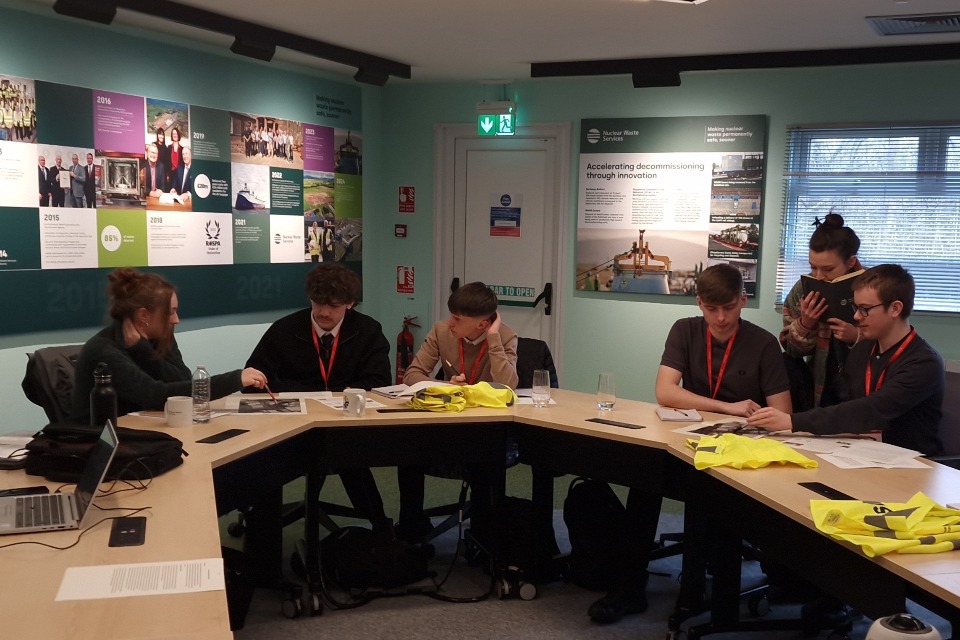
In February, we were proud to welcome five students on a week-long placement as part of the Dream Placement programme, run by the Centre for Leadership Performance (CforLP). Dream Placement is a collaboration between educators, businesses and young people in Cumbria that offers leadership development opportunities for students aged 16 to 18.
The students participated in a variety of activities with NWS staff experienced in Environmental, Waste Characterisation, Cyber Security, Social Impact and Human Resources.
They received tips on CV preparation, along with a mock interview workshop. They also attended a site visit of the Repository to gain an understanding of the work that we do. The teenagers were then tasked with creating a lesson and activity for secondary school pupils aged 11 to 12 about Energy, Waste and Environment – linking the topic with both NWS and the national curriculum.
Tracy Badham, Social Responsibility Manager, said:
Our aim is that we learn as much from the students during their week with us as they do from us.
Not only does it enhance our volunteers who take part but it enables us to engage with young people in West Cumbria and introduce them to NWS and broaden their horizons.
The main learning point that students often take away is while we are part of the nuclear sector we are not all scientists, and there are many job opportunities in other areas.
NWS GDF progress as Areas of Focus identified
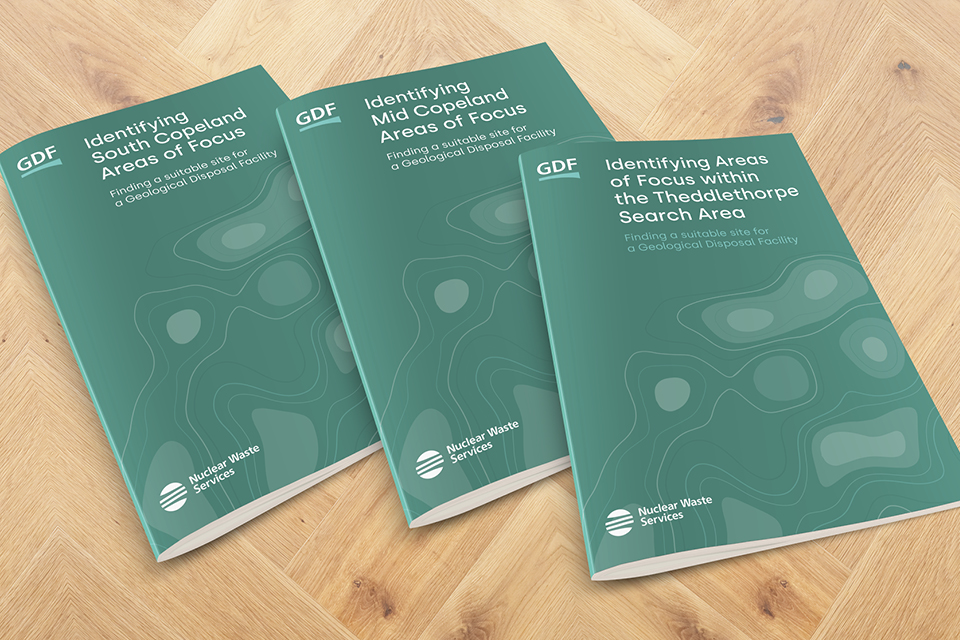
In January an announcement was made that Areas of Focus (AoF) have been identified within the search areas of the three GDF community partnerships.
These smaller areas will be the focus of site evaluation studies and prioritisation of resources to consider the potential for an area to safely host a GDF.
We need to identify potentially suitable locations that have the three key components of a GDF:
-
the right sub-surface geological environment deep underground
-
a suitable surface location, and
-
the ability to connect the two areas with accessways.
Identifying these areas enables us to focus site evaluation studies, such as transport and environmental surveys, and the site characterisation work needed to consider the potential for an area to safely host a GDF.
It’s important to remember that identifying AoF does not mean a GDF will be sited in any of these areas. A GDF requires a suitable site and a willing community. It cannot be developed without both being in place.
Our website is where you’ll find all our Areas of Focus (AoF) details
And finally…
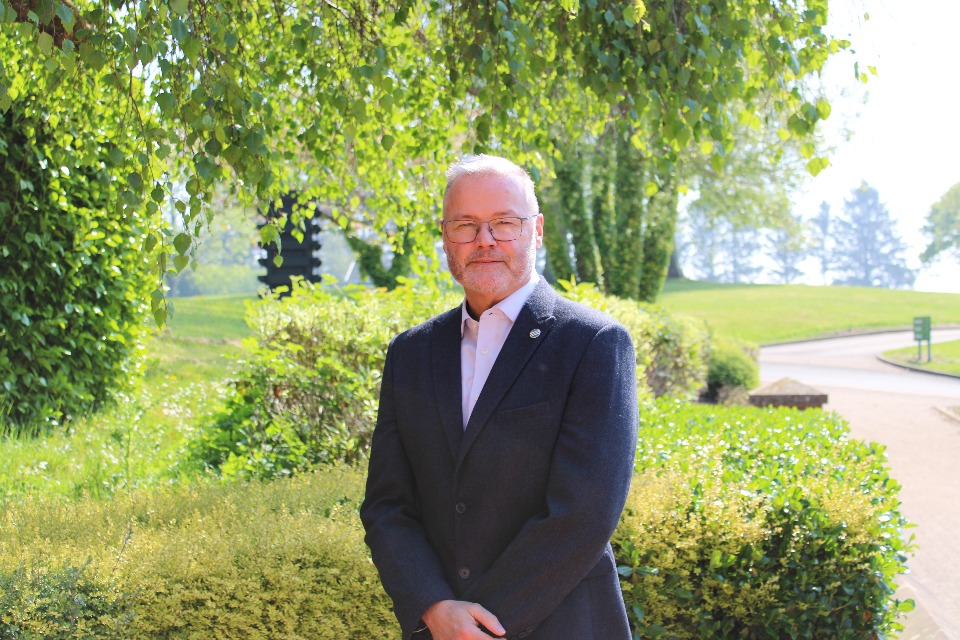
Martin Walkingshaw, Chief Operating Officer at Nuclear Waste Services
It has certainly been an eventful year for Nuclear Waste Services and we’re busier than ever at the Repository!
Our financial year begins in April, so looking back on the last twelve months it would be easy to say everything went to plan, given that we’ve hit the majority of our targets for 2024/25. That wouldn’t be quite the full picture; we’ve had a few setbacks along the way, including one minor injury due to a low-speed vehicle collision on the Repository site. One injury in a year is one too many, and we’re all conscious that the increase in construction work on the site presents a greater range of hazards to our team. Safety has always been our top priority, and it will remain so.
Another challenge has been to ensure we’re investing in the right things as a business; The Government Spending Review has (rightly) focused us on safety, legal compliance and supporting risk and hazard reduction. We have sufficient funding to deliver our commitments in these areas, but money is tight elsewhere. We will be redoubling our efforts to become more efficient and making the best use of every pound in our budget.
We also said farewell to our Chief Executive Corhyn Parr, who left at the end of March to take up a senior role in the private sector. Corhyn was a driving force in bringing together LLW Repository Ltd and Radioactive Waste Management Ltd to form NWS. Her enthusiasm and commitment got us up and running as a new business, whilst at the same time achieving significant milestones at the Repository and on our Geological Disposal Facility Programme.
I’m delighted to welcome Seth Kybird as Corhyn’s successor and our new Interim Chief Executive Officer. Seth is well known to many of us from his previous role as Chief Executive of Nuclear Transport Solutions. He has wasted no time in getting up to speed on the latest developments at the Repository as well as the progress we’re making on GDF.
Finally – a word of thanks to everyone in our community for another year of opportunities to talk and listen to each other, I’ve especially enjoyed our Site Stakeholder meetings, liaison sessions with Parish Councils and GDF Community Partnership events. It can be easy to take for granted the support (and tolerance) many people in West Cumbria show toward the nuclear industry, but that would be a mistake. Our relationship with the communities where we operate is a precious thing and we must work hard to maintain it, never forgetting we can learn most about ourselves from the people who are opposed to aspects of our work.

